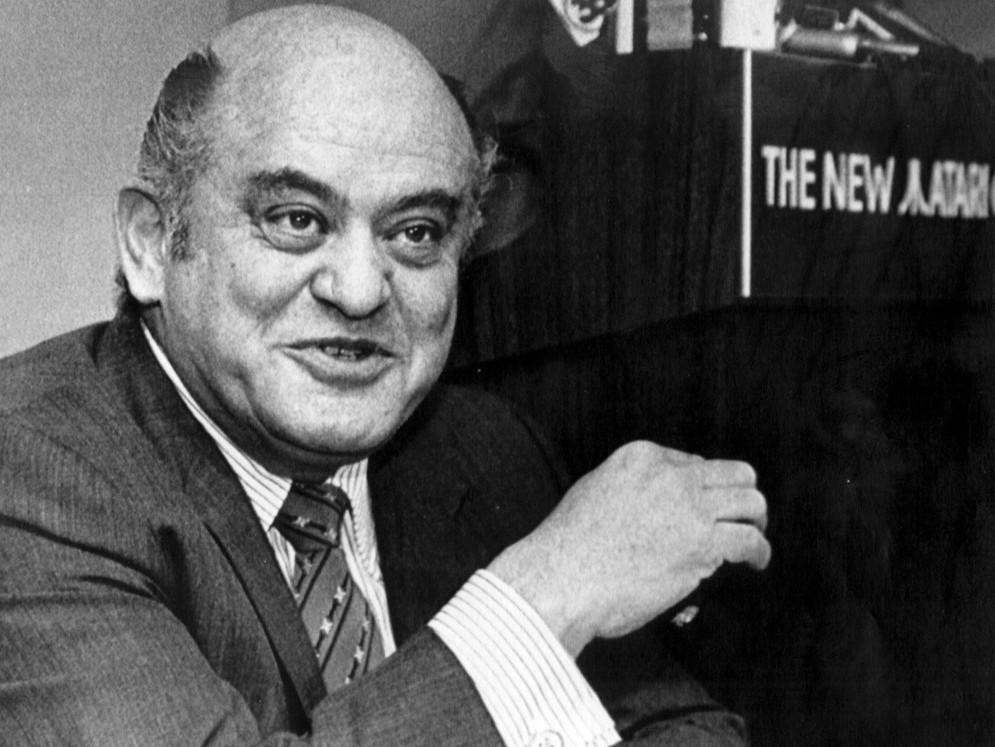History is unforgiving for those that don't save for the Future.
Part of that saving means investing. Jack Tramiel, CEO/President of Commodore and later Atari Computers, never did this. It's almost comical in retrospect.
Commodore started in the late 1960s and achieve early success building calculators. This was a new idea at the time. They were successful at it throughout the 1970s, competing with HP and the like. By the end of the decade, the Japanese were getting involved and made them for much cheaper. The bottom fell out of the market.
Commodore was far from alone. Many companies suffered similar fates. Commodore got out of the low margin world of calculators and into the high margin one of microcomputers.
What made Commodore different from some competitors was its marriage to price as a differentiating factor. [0] They pushed down costs and then pushed them down further. Consequently, this meant margins were at razor thin levels. Such tactics gave Commodore a massive cut of a growing market. They leapfrogged over the likes of Apple, who charged far more for their computers. The Apple ][, their flagship, was arguably a comparable machine spec-wise.
But what Apple did with those profit margins was invest. By 1984, they had their next machine in the form of the Macintosh. Though much has been made of how much they squandered in the pre-Jobs-Return era, Apple did make attempts to diversify its product lines, such as with the Apple Newton, and invest in it's infrastructure, with meaningful investments in ARM and an IBM partnership on the PowerPC.
Commodore did no such thing. Their computers were arguably priced too low to merit any focus. To get costs lower, they bought MOS technologies, the chief supplier of chips on the Commodore 64. Tramiel proceeded to invest $0 in any R&D after.
Their approach to building computer was always brute force the specs by whatever means possible. Need color? The VIC-20 was born. Never mind how limited its palette or lack of versatility. After all, who needs bitmap graphics when you have ASCII. Consumers want a lot of RAM? We'll stick 64kb in it! Find or buy the right suppliers and keep moving.
There's a charm to this but it's not a winning strategy in the long term. Investing in the solution that customers buy your product for is that. It's why Amazon double downed on distribution centers: people will always want packages faster.
In Commodore's case, the DOS revolution hit them hard. Companies like Dell or Compaq generally accepted lower margins than previous computer makers but they didn't do much R&D. That's okay because they outsourced it. Semiconductor companies like Intel and software developers like Microsoft invested heavily and all the PC clone makers bought from them. Did they ever get as big as they companies? Of course not. But that doesn't make them any lesser businesses. Just different ones.
That's the lesson here. Tramiel wanted to play a commodity game where prices was supreme. Nickel-and-diming makes sense in things like oil extraction because oil is, roughly speaking, the same everywhere in the world. It has no differentiating factors other than price so need to be very cost conscious about producing it. By the time the DOS era arrived, the commodity play was in making PC clones. Commodore was trying to be more like Apple and they didn't have the mindset for it.
Jack Tramiel did move on to Atari Computers after Commodore forced him out. But Commodore still kept the same mindset. They bought a company for an almost completed product and renamed it the Amiga as the follow-up to the Commodore 64. That computer became an also-ran and never lived up to its initial promise. Such is the fate of not investing.
If you want to read more about Tramiel and the history of Commodore, I highly recommend The Future Was Here by Jimmy Maher. In fact, I highly recommend the whole blog!
[0]: Sinclair also tried differentiating strictly at price. They were more intense about it too. Priced at $199, the Sinclair ZX80 was the cheapest computer you could buy. Other home microcomputers charge upwards of $400 at the time. They had an even shorter lifespan than Commodore.

